Brand-specific interactive retail displays within larger retail stores aren’t a new concept. But if you haven’t looked into them recently, you’ll likely be surprised at the ways that new tech innovations have transformed the customer experience.
The early days of interactive retail displays may have been effective, even if they weren’t entirely inspiring. Looped video or audio content that played whenever it detected motion certainly had the ability to capture shoppers’ attention, it’s hard to know whether those early attempts at interactive store displays did anything more than annoy.
If those sorts of implementations are still what comes to mind when you hear the term “interactive retail display,” you probably don’t have the most favorable opinion. But now that new technology has begun to completely reinvent this category, it’s time to take a closer look. These tech advances are opening up a new world of functionality and real, authentic forms of interactivity in this space. Here’s what you need to know.
Tech-Infused Digital Native Pop-Ups
One interesting trend that the 1990s or even the mid 2000’s could have never predicted is the rise in tech-infused digital native pop-ups. Digitally native direct-to-consumer brands are increasingly landing partnerships with legacy brick and mortar retailers.
These partnerships benefit both parties: digital native brands get a physical space (a store within a store, or perhaps just a kiosk or endcap) in which customers can physically interact with their products prior to purchasing. And legacy brick and mortar stores get a boost in foot traffic (plus a retail markup cut on all in-store sales, of course).
These pop-ups and even semi-permanent stores-within-stores tend to rely heavily on interactive and digital displays. The brands were born online, after all, and customers who have heard of them digitally still expect that digital component, even in physical stores.

Touchscreen & No Touch-Based Brand Displays
Brand displays in retail are nothing new, of course: brands pay for a concentrated visual display within a store, almost like an in-store billboard (but with real products available for sale). What’s changed in the past five years or so is the cutting-edge level of technology integration in these in-store display solutions.
More and more frequently, brands are adding interactive touchscreens to these in-store activations. Customers can watch video-based content about the brand, get product information, and can interact with that or other content via the touchscreen built into the display.
This level of interactivity builds rapport with customers and lets them engage brands willingly and at their own pace. Some kiosks can even enable further purchasing by pushing content via opt-in email.
The possibilities here are seemingly endless. Paint maker PPG created a unique approach in a recent retail program with an interactive display that could scan paint chips and offer recommendations and visualizations of that color in multiple settings. Content and discoveries can be saved and sent via email as well, keeping customers engaged and in the ecosystem.
Smart Product Demonstration Example
New interactive experiences are popping up in places that might, at first glance, seem unlikely. For decades, customers could walk into large hardware chains and see a variety of lightbulbs and fixtures on display. That’s nothing new.
But light bulbs have gotten smarter and more complex. Now there are all kinds of smart bulbs on the market that don’t do just one thing.
GE reinvented its approach to modeling its smart bulbs in hardware stores by rolling out a case of smart LED bulbs that were installed onto shelf units. Through a panel of buttons, customers could control the smart bulbs and see how they responded in various environments.
In some ways, this wasn’t such a huge step up from simply “press a button to turn on the light” displays. But by showcasing the interactivity in the lightbulbs themselves, GE capitalized on retail shelf space by showing customers a range of real-world applications for these new smart bulbs.
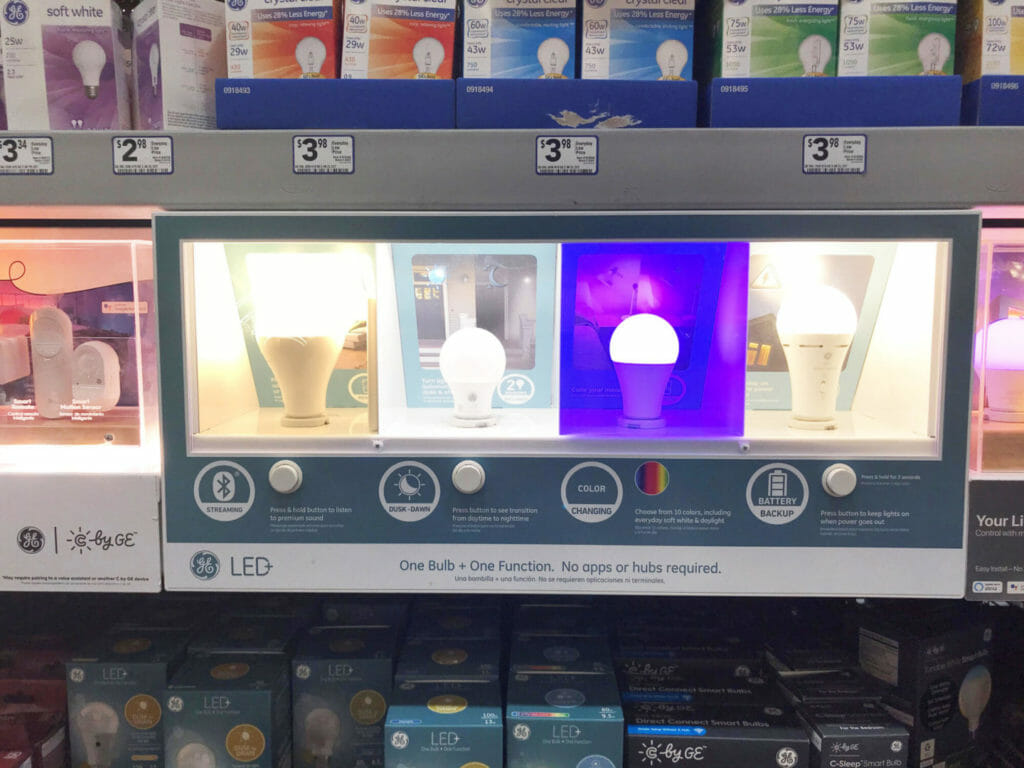
Exciting Technologies Just Around the Corner
Existing interactive retail displays have already transformed the category from early iterations in the early 2000s. But future technologies that exist just around the corner are poised to transform this approach even further.
Augmented reality is already here, but a lack of universal consumer device support puts implementing it into merchandising displays just out of reach. It’s showing up in other retail scenarios, but just barely in merchandising displays. That said, it doesn’t seem like it will be long before someone cracks this market wide open and creates next level retail environment immersive experiences.
Advancements in AI and tracking may also power a segmented future, where merchandising displays can customize content for various consumers—but this hasn’t quite materialized just yet.
Does your brand or retail store need a professional partner for developing interactive retail displays? Bluewater knows what it takes to get the job done. Reach out today to discuss the art of the possible.


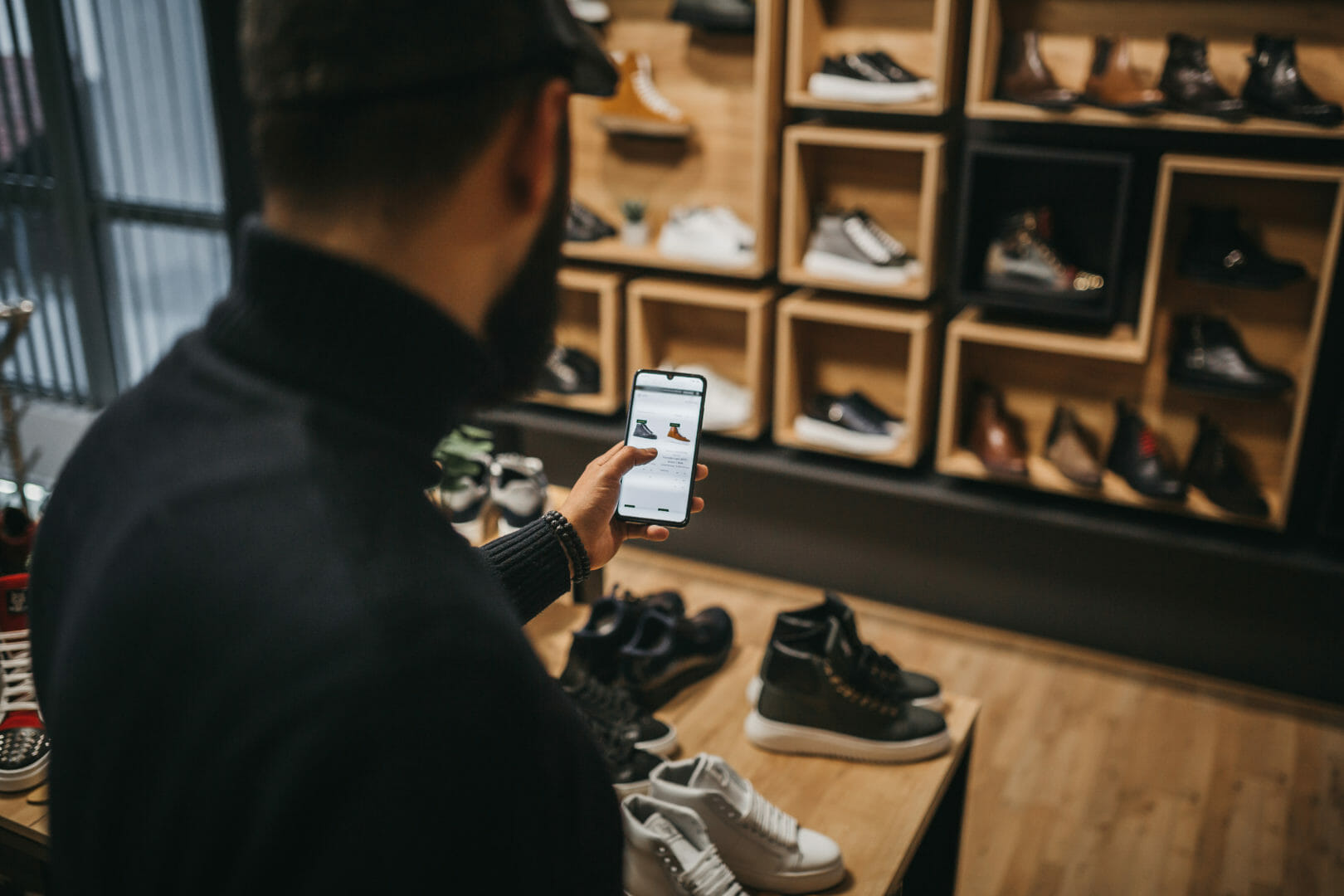
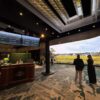



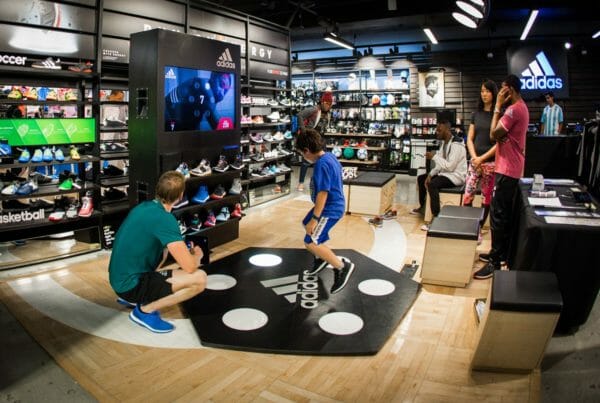
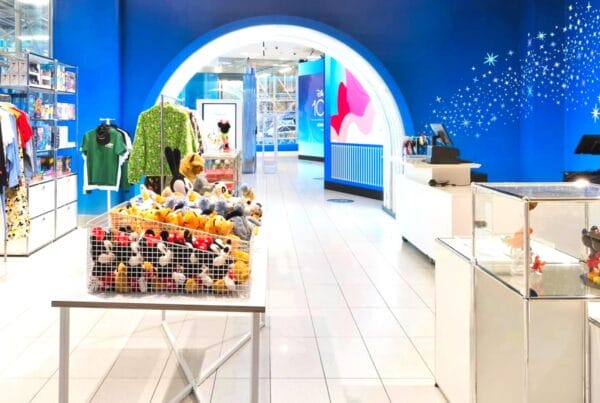



2 Comments